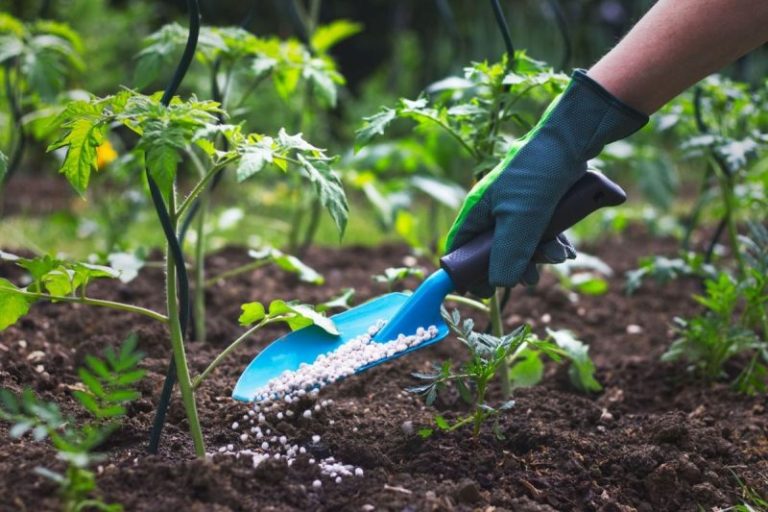Potash vs. Phosphate: Understanding the Key Differences
Potash and phosphate are two essential components in fertilizers that play a significant role in promoting plant growth and development. While both are vital for supporting healthy plant growth, they serve different purposes and have distinct characteristics. Understanding the key differences between potash and phosphate can help farmers and gardeners make informed decisions when choosing the right type of fertilizer for their crops. In this article, we will delve into the differences between potash and phosphate, highlighting their unique properties and functions.
Chemical Composition and Source
Potash refers to any form of potassium chloride (KCl) or potassium sulfate (K2SO4). It is derived from mined minerals such as sylvite and langbeinite. Potash is a key source of potassium, which is an essential nutrient that plays a crucial role in various physiological processes within plants, including photosynthesis, water regulation, and enzyme activation.
On the other hand, phosphate is derived from phosphate rock, a natural mineral that contains phosphorus. Phosphate fertilizers are commonly made from phosphate rock through a process that converts the phosphorus into a water-soluble form that plants can readily absorb. Phosphorus is essential for plant growth, as it is involved in energy metabolism, root development, and the formation of flowers and fruits.
Role in Plant Growth
Potash plays a vital role in improving plant resistance to diseases, enhancing drought tolerance, and promoting overall plant vigor. It also aids in photosynthesis and the transportation of nutrients within the plant. Potassium deficiency can lead to a range of issues in plants, such as poor flowering, weak stems, and decreased fruit quality.
Phosphate is essential for stimulating root growth, promoting early plant establishment, and enhancing flower and fruit development. Phosphorus deficiency can result in stunted growth, delayed maturity, and poor fruit set in plants. Phosphorus is particularly important during the early stages of plant growth when root development is critical for nutrient uptake.
Application and Availability
Potash fertilizers are often used on crops that have a high demand for potassium, such as fruits, vegetables, and grains. Potassium is relatively mobile in the soil, meaning that it can be easily leached away in regions with high rainfall or sandy soils. Therefore, regular applications of potash are necessary to ensure that plants have an adequate supply of this essential nutrient.
Phosphate fertilizers are commonly applied to crops that require high levels of phosphorus, such as legumes, root vegetables, and flowering plants. Phosphorus availability in the soil can be influenced by factors such as pH, soil type, and microbial activity. To maximize phosphorus uptake by plants, it is crucial to maintain optimal soil conditions and apply phosphate fertilizers strategically based on crop requirements.
In conclusion, potash and phosphate are two essential components of fertilizers that play distinct roles in supporting plant growth and development. While potash provides plants with vital potassium for various physiological processes, phosphate is crucial for root development, energy metabolism, and reproductive growth. By understanding the differences between potash and phosphate and their unique functions, farmers and gardeners can make informed decisions when selecting fertilizers to optimize crop productivity and overall plant health.



